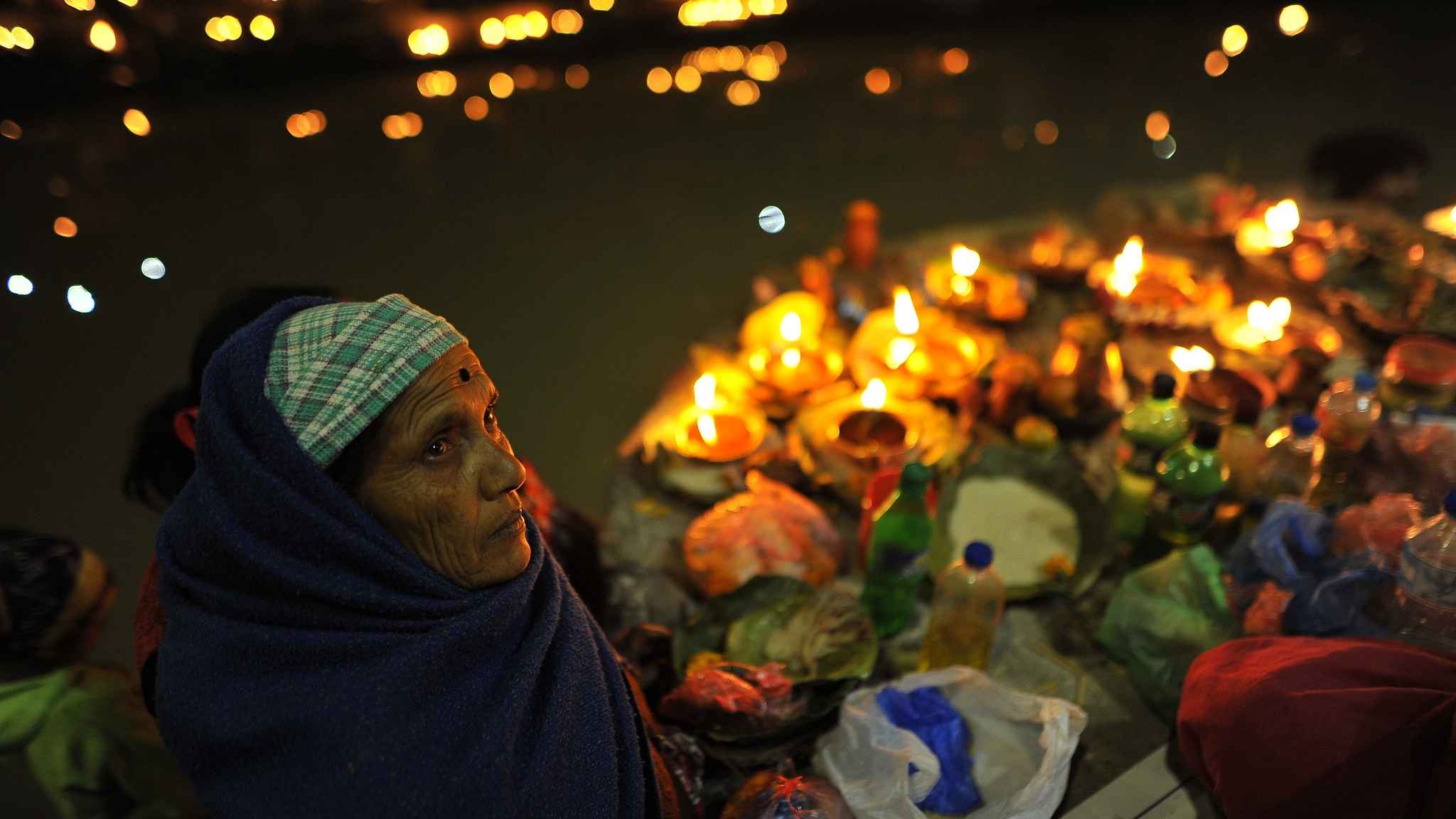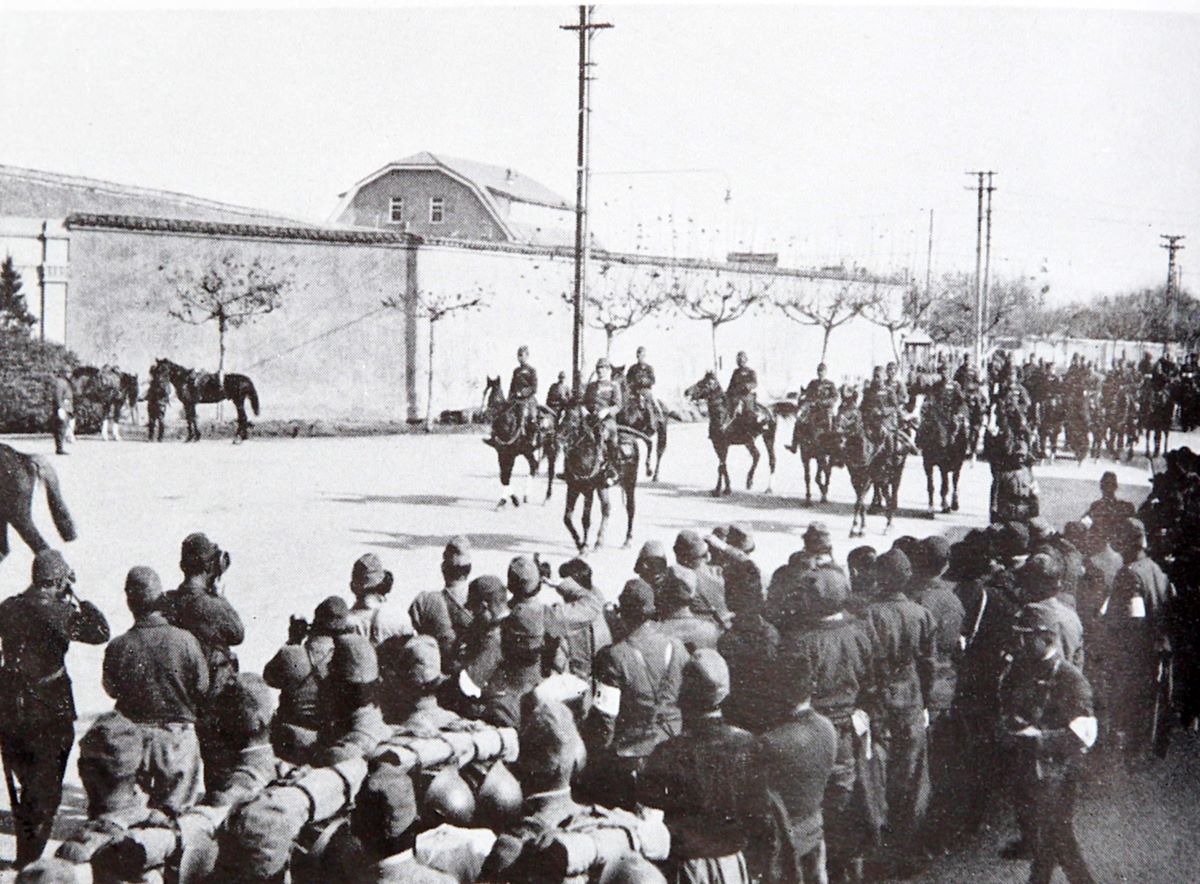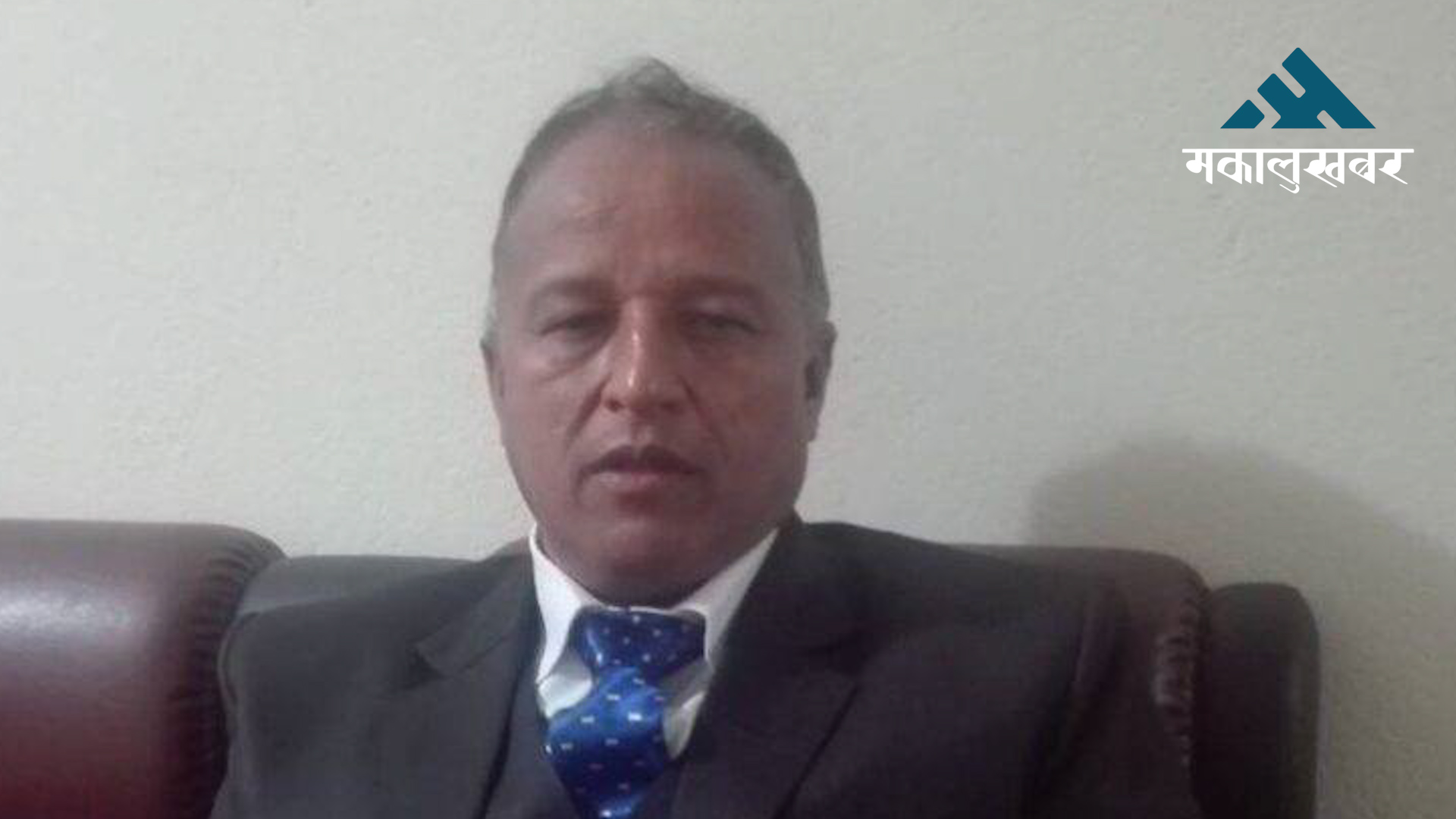Bala Chaturdashi fair today at Pashupati complex
Devotees, who begin gathering at the Pashupatinath area early in the morning, light lights in honor of their ancestors.

KATHMANDU: The Pashupatinath Mela, observed annually on the day of Margashirsha Krishna Trayodashi, is being celebrated today with prayers for the peaceful repose of deceased ancestors.
Devotees, who begin gathering at the Pashupatinath area early in the morning, light lights in honor of their ancestors. Starting from noon on Trayodashi, worshippers light lamps in their ancestors’ names following traditional rituals. On the morning of Margashirsha Krishna Chaturdashi, sacred grains known as Shatabeej (one hundred grains) are scattered to pray for the peace of departed souls.
Devotees from various parts of the country flock to temples, including Pashupatinath, and other Shiva temples throughout Nepal on this occasion.
On the eve of Balachaturdashi, which falls on Friday, thousands of worshippers gather to light lamps and spend the night in prayer, while chanting and participating in folk performances. On Saturday morning, they scatter Shatabeej and observe the Balachaturdashi festival.
Each year, devotees from various regions travel to Pashupatinath to participate in the Balachaturdashi festival. The crowd begins gathering early on Friday morning as people come from all over the country to light lamps. Given the winter season, the Pashupatinath Area Development Trust has arranged shelters for the devotees. Security personnel have also been deployed around the area since Thursday morning.
As part of the tradition, devotees scatter Shatabeej at various locations such as Kailash, Suryaghat, Gaurighat, Aryaghat, Guhyeshwari, Pashupati, Mrigasthali, Vishwaroop, and Kiranteshwar, praying for the eternal peace of their departed ancestors. On the evening of Margashirsha Krishna Trayodashi, devotees gather near the Pashupatinath temple, lighting large lamps, singing bhajans, and performing local folk dances to honor their ancestors.
Though the tradition refers to “Shatabeej,” in practice, “Saptabeej” (seven grains: rice, barley, sesame, wheat, chickpeas, maize, and black mustard) is used. Devotees also approach the Ganesh statue at Mrigasthali to perform rituals, shaking the Ganesh stone and praying aloud for the departed souls. According to Professor Ramchandra Gautam, former Chair of the Nepal Panchang Determination Development Committee and a scholar of religious texts, Shatabeej traditionally referred to 100 grains of rice, not other grains.
The legend associated with this day tells that Lord Shiva, in the form of a deer, roamed around a sacred area. Parvati, who had scattered seeds there, recognized him when deer came to graze. Another related story involves a man named Balanand, who used to eat the meat of deceased animals, gaining the fearsome reputation of “Balasur.” Eventually, his transformation and subsequent purification through a vision from Lord Shiva led to the tradition of scattering Shatabeej on this day.
However, according to Gautam, it is not appropriate to perform these rituals, such as lighting lamps and scattering Shatabeej, for ancestors who have not completed a full year since their passing.
The scriptures state that even mentioning the name of a deceased person is not permissible in such cases. Devotees visiting Pashupatinath are advised to also worship Vashuki and Guhyeshwari, in line with the scriptures.










